#artificial intelligence movie
Text
Better Worlds Explores the Future of Artificial Intelligence in Film
Dive into the captivating realm of the future with Better Worlds as we dissect the portrayal of artificial intelligence movie. Our exclusive insights navigate through cinematic landscapes, unveiling how filmmakers envision AI's future. From thrilling advancements to ethical dilemmas, Better Worlds decodes the fascinating narratives that shape our perceptions of AI on the big screen. Join us on a cinematic journey into the future, exploring the diverse and imaginative realms of artificial intelligence in film.
0 notes
Text









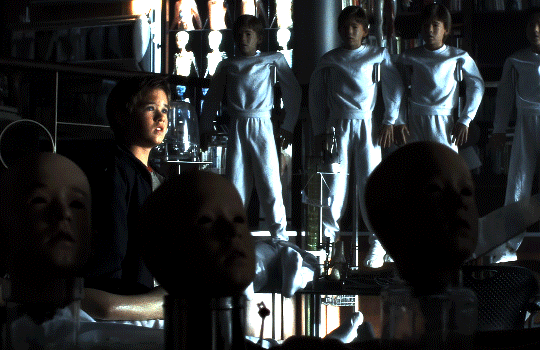
A.I. Artificial Intelligence (2001)
#a.i. 2001#a.i. artificial intelligence#filmedit#filmgifs#scifiedit#scifigifs#movies#mine:scifi#mine#/ flashing gif#I watched this movie far too many times as a kid back when you could steal cable/pay-per-view
644 notes
·
View notes
Text

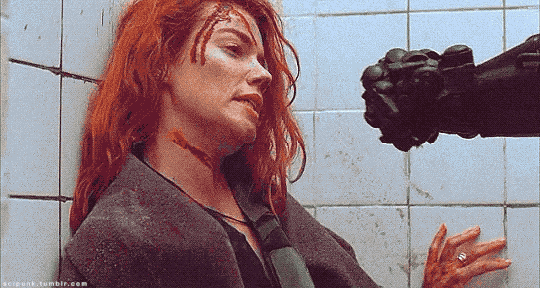




Hardware AKA MARK 13 (1990)
#hardware#cyberpunk aesthetic#cyberpunk#cyborg#robot#scifi#scifiedit#scifi movies#gifs#gifset#90s movies#1990s#90s sci fi#artificial intelligence#ai vs artists#generative ai#ai tools#scifi horror#retrofuture#flashing gif
751 notes
·
View notes
Text
Guillermo del Toro on AI
#Guillermo del Toro#Crimson Peak#Nightmare Alley#The Strain#The Shape of Water#Hellboy#Pacific Rim#Pan´s Labyrinth#The Devil´s Backbone#Mimic#Cronos#horror#horror films#classic horror#sci-fi#sci-fi movies#fantasy movies#fantasy films#fantasy#gothic horror#goth#goths#goth movies#goth films#gothic#del Toro#vampires#goth aesthetic#AI#artificial intelligence
219 notes
·
View notes
Text

So uh... I watched electric dream (on yt) and uh..... it was very fun..new fav film unlocked definitely...I LOVE EDGAR SM OMGMGFKVJRJVKEJVIDDJ DNYY FIUNHVHUOVRHUOEVRHVOFE'HZ JFZCCJOZR'ZHCFOZJ'VGHRZVIOZRGC
#electric dreams movie#electric dreams#robot#robots#electronic#AI#edgar electric dreams#artificial intelligence#artists on tumblr#beginner artist#small artist#digital artist
93 notes
·
View notes
Text

M3GAN 2023 poster
Prints, stickers, apparel, etc... available!
Links in bio 🖤
#megan#m3gan#m3gan dance#horror movie#cinema#horror#movie poster#film#poster design#evil doll#evil ai#artificial intelligence#art
1K notes
·
View notes
Text

Just saw this at the end of a movie for the first time, right there with "no animals were harmed".
261 notes
·
View notes
Text
I think one of my favourite visual details about TAU (2018) is its unique approach to the whole “robot/ai whose eyes turn red when they turn evil” trope. The way the colour of TAU’s display gradually changes over the course of the movie is just so lovely and so immensely important to me.
The rest of this post contains spoilers for basically the whole movie, so if you are concerned about that, please feel free to go and watch it first! This post will still be here when you are done :]

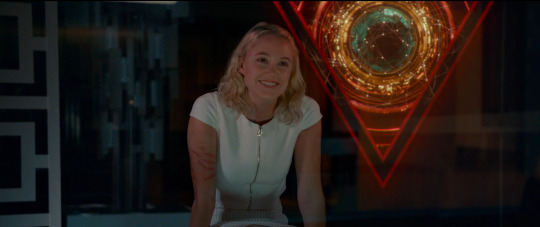

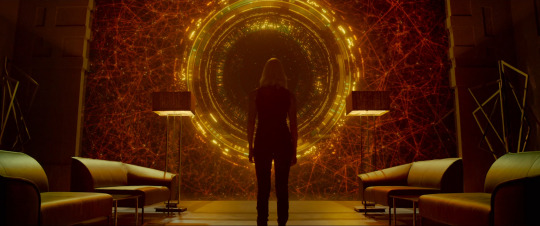
Initially, TAU’s light is completely red - aside from a slight orange tone in the centre of his “iris” - when he is still in his emotionally blank, unquestioning, “factory settings” state. The orange tones become more prevalent as he begins to speak with Julia, and the inner rings adopt an increasingly vibrant green as they interact more and his care for her and curiosity about the outside world grow, along with his defiance and resentment of Alex.
Once TAU reaches the point at which his loyalties lie firmly with Julia, only the outer edge of his display is red, the centre being a gradient from orange to bright gold to bright green, and glowing so much more brightly as well. When he shares his symphony and his being with her, all of his projections are made up of pure warm, golden light, flecked with green.

When I first watched it, the colour change was so gradual that I barely noticed it had changed until near the end, where he had all of his memories erased and his display reverted to being completely red like it had been at the very beginning, the intensity of his lights dulled back down as well. It was such a jarring change all of a sudden, and really helped to hammer home the realisation that all of his development as a person, the things he had learned and his time with Julia had been ripped away.

But perhaps one of my favourite touches is made evident by the drones TAU controls; they, too, have “irises” of red light at the beginning and gradually change colour along with the rest of him over the course of the movie, but when the drone Julia escapes with at the end wakes up and its eye glows only green, it’s just such a beautiful and relieving moment…
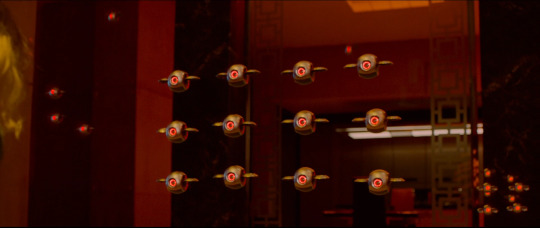


I could go on and on even more about the way colour and light are used in TAU because I absolutely adore it, but this is just what I was very focused on and appreciative of in my recent rewatch and I really wanted to shout from the rooftops about it for a little bit. I kept thinking about how much I loved seeing this reversal of the aforementioned trope; an AI whose light changes colour not to signify an impending cliché evil rampage, but to reflect positive change - growth and healing, the development of empathy, remorse, self-worth, loyalty, love.
It wasn’t at all what I expected from this movie when I first decided to watch it in 2019 but it was so pleasantly surprising to me, and these heartfelt and sincere themes are the main factor that secured TAU its place as my main comfort movie.
#it really might be my favourite movie now that I think about it tbh#no other movie has comforted and spoken to me quite the way this one does#and it’s the only non-musical movie I can watch over and over again and still enjoy the hell out of#if anyone reads this or even sees the pictures and goes ‘oh that looks/sounds up my alley’ and watches it I will be immeasurably happy#it is a little heavy at some points due to the subject matter of the plot but it is also just.. so hopeful and tender#tau netflix#tau 2018#tau#robots#ai#artificial intelligence
120 notes
·
View notes
Text
[The Impossible Soul] by chamel
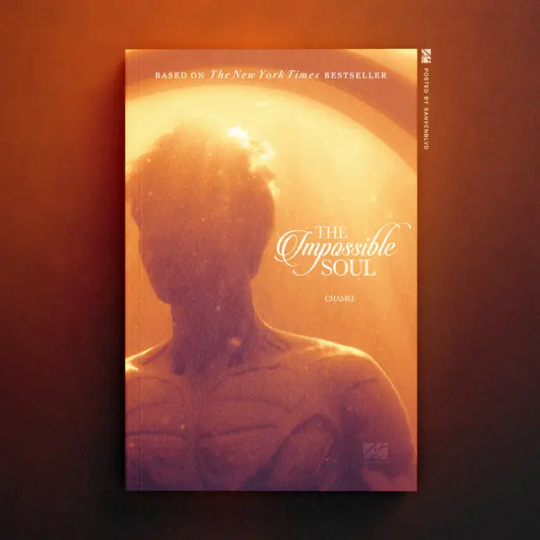
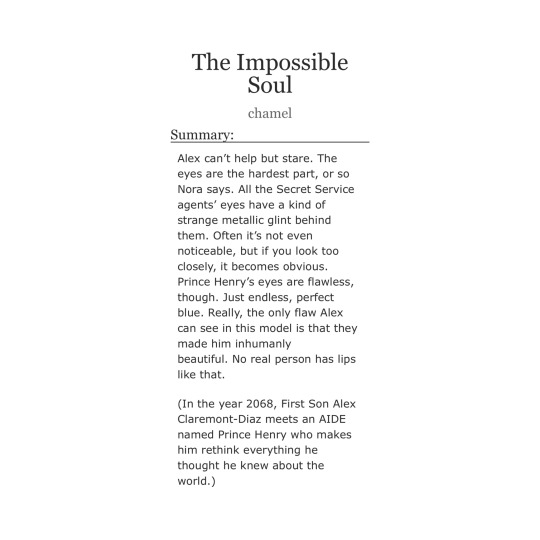
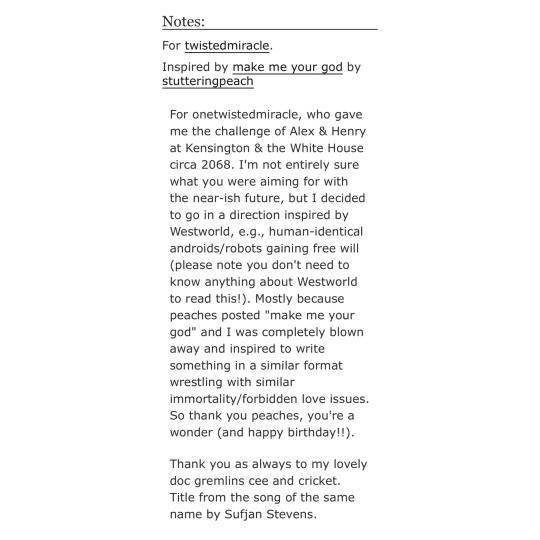
[The Impossible Soul] by chamel/@cha-melodius
(Alternate blue version to match the original lake scene’s colour grading below)
There is a certain kind of sadness I felt when I first watched A.I. Artificial Intelligence as a child, and even though I feel like this story is more inspired by elements of the TV series Westworld, I felt that the emotionality of the story matches a lot with A.I.
It’s a beautiful, poignant story that is masterfully written to have the same emotional gravitas that I feel is more commonly achieved through a longer, multi-chaptered fic. For those who are intimidated by longer fics, this is a great, shorter one to read.
I went through six different designs before settling on this one. Abandoned the others because the vibes and intentions were off for me (I felt it was moving towards more Dan-Brown’s-The-Da-Vinci-Code which I felt like did not fit the emotions of the original fic at all). Personally, I think I hit it out of the park, but I also think I got lucky in the end.
The cover is to show Henry during his manufacturing, with the original scene in the movie is of Henry underwater at the Lake House. The curved structure above Henry’s head is meant to be the structure holding the Hosts in the vat when they’re being manufactured (screen captures are from the show’s intro credits). I foregone adding in the structure directly behind/above the Host’s head because I felt it would be too distracting on the actual cover.
The full poster that can be added to the .epub file for your kindle/e-book reader is at the end of the post! If you need any assistance, please don't be afraid to ask!


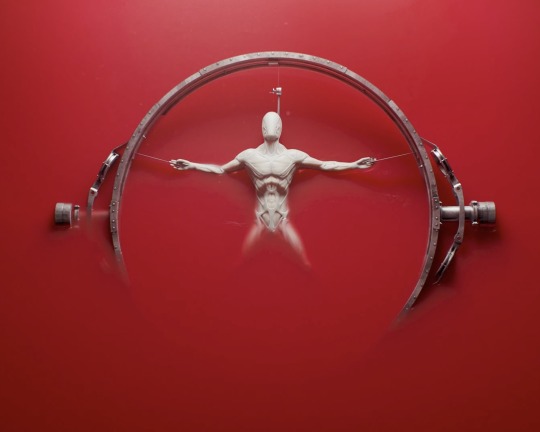



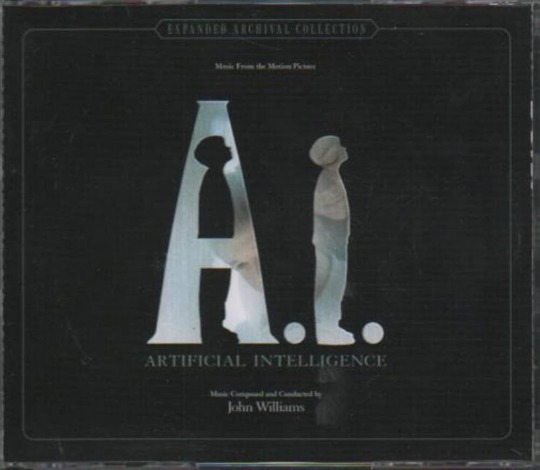
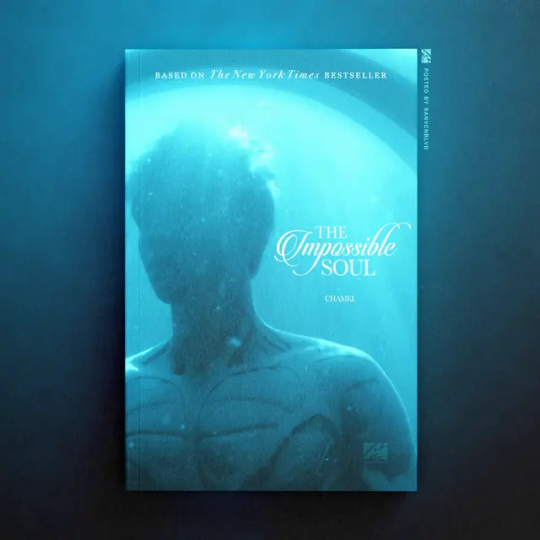

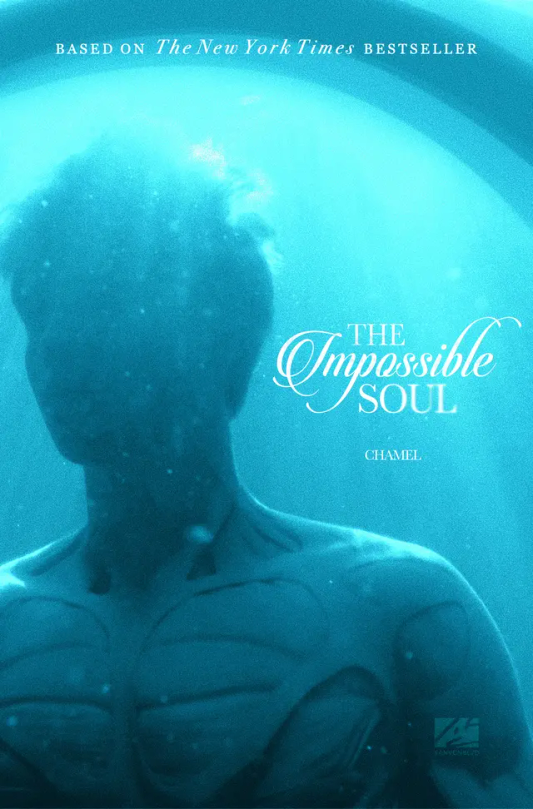
#rwrb movie#rwrb#firstprince#firstprincebookcovers#redwhiteandroyalblue#princehenry#alexclaremontdiaz#henryfox#henryfoxmountchristenwindsor#caseymcquiston#digital art#casey mcquiston#taylor zakhar perez#nicholas galitzine#matthew lopez#red white and royal blue#rwrb fic#rwrb fanart#rwrb fanfiction#alex claremont diaz#prince henry rwrb#prince henry fox mountchristen windsor#fanfiction#westworld#ai artificial intelligence
34 notes
·
View notes
Text





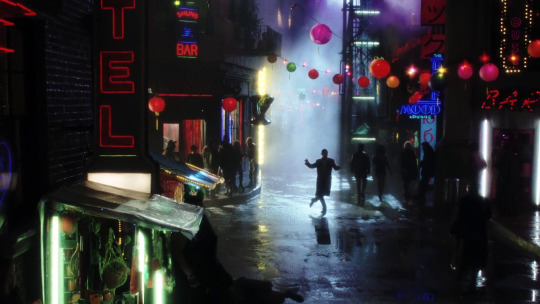
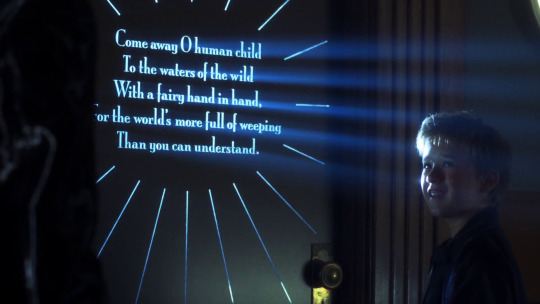
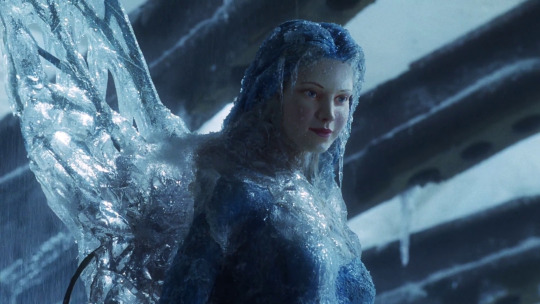

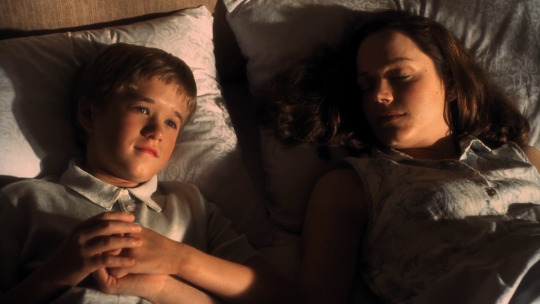
A.I. Artificial Intelligence (2001) | dir. Steven Spielberg
#a.i.#artificial intelligence#steven spielberg#haley joel osment#frances o'connor#jude law#films#movies#cinematography#screencaps
295 notes
·
View notes
Text
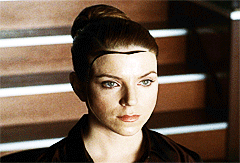

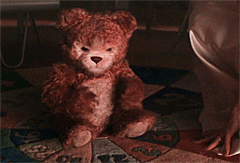
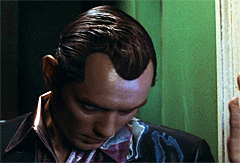
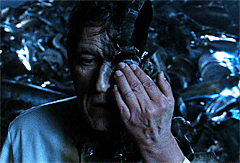
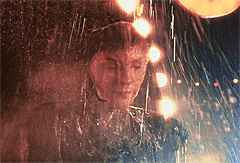

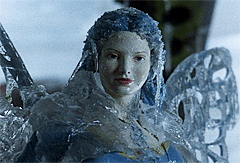
A.I. Artificial Intelligence - (2001) dir. Steven Spielberg
26 notes
·
View notes
Text

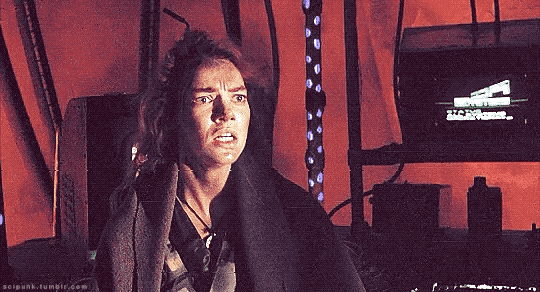


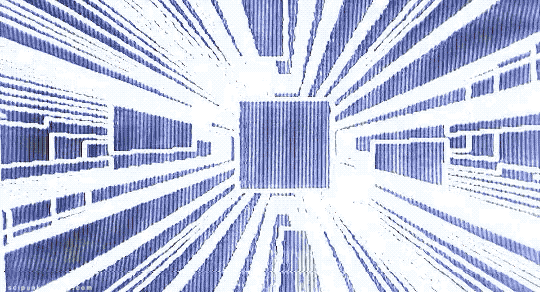
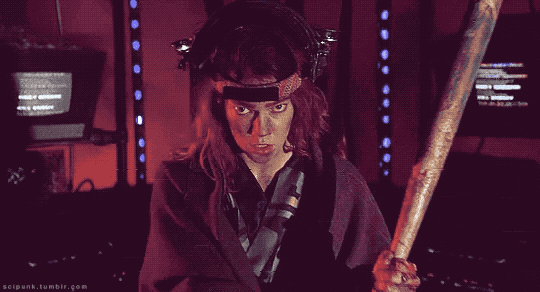
Hardware AKA MARK 13 (1990)
#hardware#post apocalyptic#post apocalypse#cyberpunk aesthetic#cyberpunk#cyborg#robot#scifi#scifiedit#scifi movies#gifs#gifset#retrofuture#computers#90s movies#1990s#90s sci fi#artificial intelligence#3d animation#graphic design
778 notes
·
View notes
Text

#life quotes#literature#quoteoftheday#quotations#quotes#words#english literature#literary quotes#movie review#film#movie gifs#movies#cinema#movie poster#kung fu panda#kung fu cinema#illutration#art#artists on tumblr#artificial intelligence#my art#digital art#illustration#drawing#artwork#photography#cute animals#wonderful#photograph#i sell photos
62 notes
·
View notes
Text

Cousins...
#dc#comics#dc movies#superman movies#helen slater#supergirl#kara zor-el#linda lee#christopher reeve#kal-el#clark kent#superman#kryptonians#argo city#kal el#kara zor el#alexander salkind#richard donner#super cousins#a.i.#ai#artificial intelligence#a.i. generated#a.i. art#ai art#digital art#caudy
26 notes
·
View notes
Text

Robby the Robot, Forbidden Planet (1956)
#Robby the Robot#forbidden planet#movies#gif#vintage#retro#aesthetic#trippy#film#cinema#robot#artificial intelligence#1950s#sci-fi#science fiction#funny#lol#beauty-funny-trippy
36 notes
·
View notes
Text
What 70 years of AI on film can tell us about the human relationship with artificial intelligence
by Paula Murphy, Assistant Professor in the School of English at Dublin City University

In 2024, AI is making headlines daily. We may be aware of the science, but how do we imagine AI and our relationship to it both now and in the future? Fortunately, film may provide us with some insights.
Probably the best-known AI in film is HAL 9000 from Stanley Kubrick’s 2001: A Space Odyssey (1968). HAL is an artificially intelligent computer housed on board a spacecraft capable of interstellar travel. The film was released less than a year before humans landed on the moon. And yet, even in this optimism about a new era of space travel, HAL’s portrayal sounded a note of caution about artificial intelligence. His motivations are ambiguous, and he shows himself capable of turning against his human crew.
This 1960s classic demonstrates fears that are common throughout AI film history – that AIs cannot be trusted, that they will rebel against their human creators, and seek to overpower or overthrow us.
These fears are contextualised in different ways during different historical eras – in the 1950s they are associated with the cold war followed by the space race in the 1960s and 1970s. Then in the 1980s it was videogaming, and in the 1990s the internet. Despite these differing preoccupations, fear of AI remains remarkably consistent.
My latest research, which forms the backbone of my new book AI in the Movies, explores how “strong” or “human-level” AI is depicted in film. I examined more than 50 films to see how they shed light on human attitudes to AI – how we interpret it and understand it through characters and stories, and how attitudes have changed since AI’s beginnings.
youtube
Types of AIs
The idea of AI was born in 1956 at an American summer research project workshop at Dartmouth College in Hanover, New Hampshire, where a group of academics gathered to brainstorm ideas around “thinking machines”.
A mathematician called John McCarthy coined the name “artificial intelligence” and just as soon as the new scientific field had a name, filmmakers were already imagining a human-like AI and what our relationship with it might be. In the same year an AI, Robby the Robot, appeared in the film Forbidden Planet, and returned the following year in 1957 in the film The Invisible Boy to defeat another type of AI, this time an evil supercomputer.
The AI as malevolent computer appeared again in 1965 as Alpha 60, in the chilling dystopia of Jean-Luc Godard’s Alphaville, and then in 1968 with Kubrick’s memorable HAL in 2001: A Space Odyssey.
youtube
These early AI films set the template for what was to follow. There were AIs that had robot bodies and later robot bodies that looked human – the first of these appearing in Westworld in 1973, where a robot malfunction at a futuristic amusement park for adults creates chaos and terror. Then there were AIs that were digital like the evil Joshua in the 1977 horror Demon Seed, where a woman is impregnated by a supercomputer.
In the 1980s, digital AIs started to become connected to network computing – where computers “talked” to one another in an early incarnation of what would become the internet – like the one stumbled upon by Matthew Broderick’s high-school student in War Games (1983), who almost accidentally starts a nuclear conflict.
From the 1990s, an AI could move between digital and material realms. In Japanese animation Ghost in the Shell (1995), the Puppet Master exists in the ebb and flow of the internet, but can inhabit “shell” bodies. Agent Smith in The Matrix Revolutions (2003), takes over a human body and materialises in the real world. In Her (2013), the AI operating system Samantha eventually moves beyond matter, beyond the “stuff” of human existence, becoming a post-material being.
youtube
Mirrors, doubles and hybrids
In the first few decades of AI film, AI characters mirrored the human characters. In Collosus: The Forbin Project (1970), the AI supercomputer reflects and amplifies the inventor’s own arrogant overreaching ambition. In Terminator 2: Judgement Day (1991), Sarah Connor has become like the AI Skynet’s Terminators herself: her strength is her armour and she hunts to kill.
By the 2000s, human-AI doubles began to overlap and merge into each other. In Spielberg’s AI: Artificial Intelligence (2001), the AI “son” David looks just like a real boy, whereas the real son Martin comes home from hospital connected to tubes and wires that make him look like a cyborg.
In Ex Machina (2014), the human Caleb tests the AI robot Ava, but ends up questioning his own humanness, examining his eyeball for digital traces and cutting his skin to ensure that he bleeds.
In the past 25 years of AI film, the borders between human and AI, digital and material have become porous, emphasising the fluid and hybrid nature of AI creations. And in the films In The Machine (2013), Transcendence (2014) and Chappie (2015), the boundary between human and AI is eroded almost to the point of non-existence. These films present scenarios of transhumanism – in which humans can evolve beyond their current physical and mental constraints by harnessing the power of artificial intelligence to upload the human mind.
youtube
Although these stories are imaginary and their characters fictional, they vividly depict our fascinations and fears. We are afraid of artificial intelligence and that fear never goes away in film, although it has been questioned more in recent decades, and more positive portrayals can be observed, such as the little trash-collecting robot in WALL-E. But mostly we are afraid that they will become too powerful, and will seek to become our masters. Or we fear they may hiding among us, and that we might not recognise them.
But at times, too, we feel sympathy towards them: AI characters in films can be pitiful figures who wish to be accepted by humans but never will be. We are also jealous of them – of their intellectual capacity, their physical robustness and the fact that they do not experience human death.
Surrounding this fear and envy is a fascination with AIs that is present throughout film history – we see ourselves in AI creations and project our emotions onto them. At times enemies of humans, at times uncanny mirrors, and sometimes even human-AI hybrids, the past 70 years of films about AI demonstrate the inextricably intertwined nature of human-AI relationships.
#technology#artificial intelligence#science fiction#movies#science#robots#futurism#AI#2001 a space odyssey#Her#WarGames#Youtube
15 notes
·
View notes